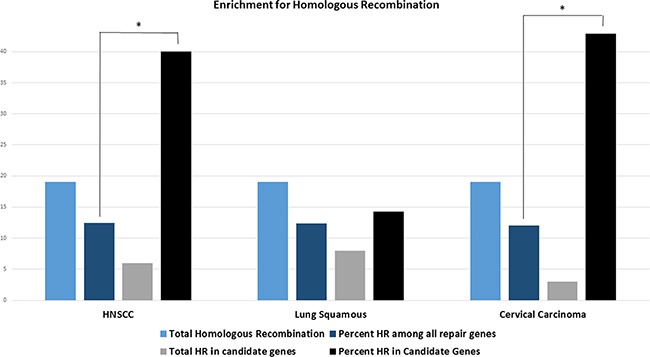Figure 5. Bars indicate the total number of homologous recombination (HR) genes across all DNA repair genes (light blue), the total number of HR genes in the respective DNA repair candidate genes (grey), the percentage of HR genes among all repair genes (dark blue) and the percentage of HR genes in all DNA repair candidate genes (black) in the respective cancer types.

HNSCC candidate genes show statistically significant enrichment for the homologous recombination pathway (p=0.004, one-sided student's t-test). All genes that exceed the threshold for either CTLA4 or CD274 were included for the analysis in cervical and lung squamous histologies since candidate genes were too few for statistical analysis in both cancer types. All cervical carcinoma genes but only 22 lung squamous cell carcinoma genes were statistically significant after correcting for multiple testing. Cervical carcinoma also shows a statistically significant enrichment for the homologous recombination pathway (p=0.038). Asterisk indicating p<0.05.
